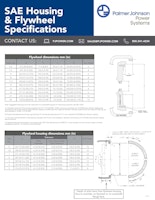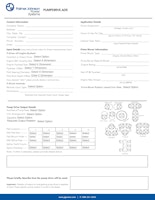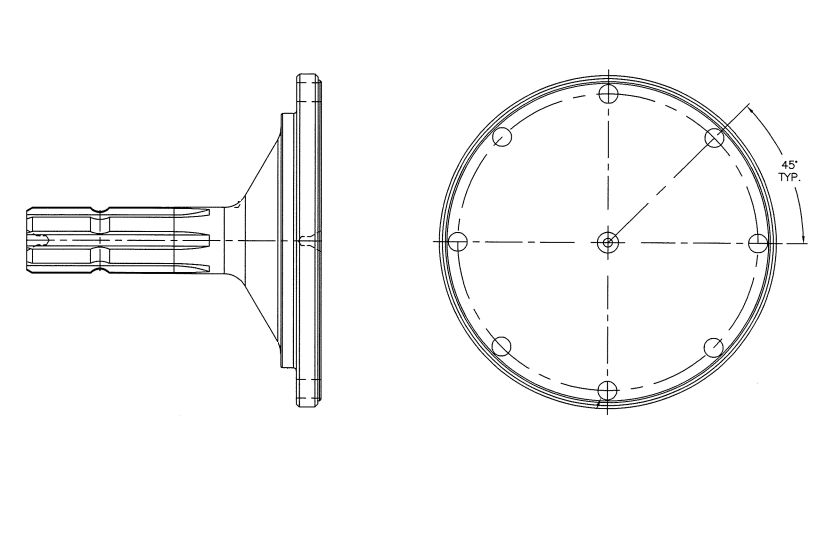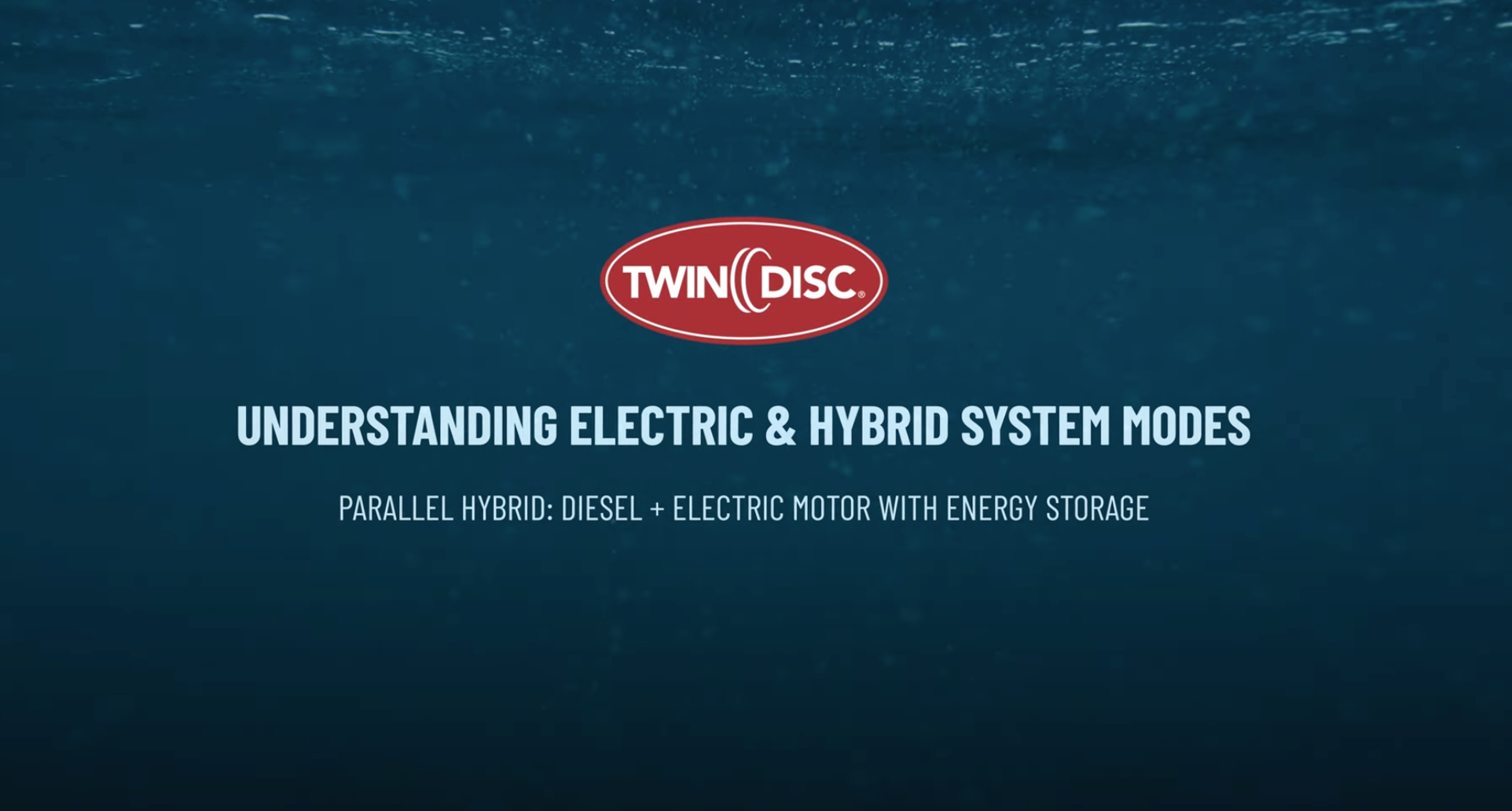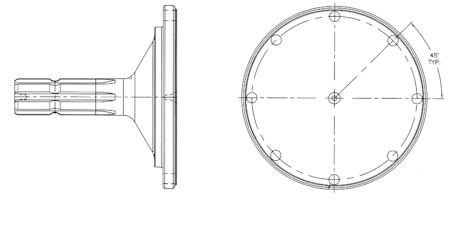
Selecting the Correct Pump Drive for the Job

What is a pump drive, and what does it do?
There is often a lot of confusion regarding this question. Further confounding the issue is the fact that professionals in the industry all refer to it by various names. In its most basic form, a pump drive is a simple gearbox that is placed between an engine or electric motor and a system's hydraulic pump(s) to provide a way to couple them. Below, we will detail the various available configurations and explore how to determine which pump drive is best for your application.
When should you select a pump drive for the system?
The answer is actually quite simple—once the pumps and engine for the application have been sized and selected, you can select your pump drive. Once the engine and pump are selected, you have your requirements clearly defined:
- Prime mover information
- Input type (direct drive/torsional coupling, clutch, remote/drive flange) and size
- Output information:
- Number of outputs
- Type (pump pad, remote driven, clutched)
- Size (SAE pad/spline)
- Required RPM of the hydraulic pumps
- The direction of rotation with respect to the input
How do you calculate the required torque?
Once you have identified those requirements, it's time to calculate the torque that the unit will see on a regular basis. We do this by using the formula T = (HP x 5252)/RPM x SF, where T is the torque you're calculating, HP is your engine's net horsepower, RPM is the engine speed at rated horsepower, and SF is the safety factory. The safety factor used can vary based on prime mover type, expected shock load in the system, and hours of operation; however, we have found that a 1.25 safety factor is adequate in most hydraulic applications using internal combustion engines as the prime mover. (If you believe that your application may need a higher safety factory please consult the AGMA Safety Factor Guide, or contact Palmer Johnson Power Systems, and we'd be happy to help.) Most pump drive manufacturers rate their units by the amount of input torque they are capable of handling, so you are now ready to narrow down a model. Calculating the torque incorrectly, or using an inadequate safety factor, may result in an undersized unit for the application, and thus, reduced service life, or failure.
What is the required ratio?
After narrowing down the model by its input torque rating and the number of hydraulic pads/pumps required, you have to confirm that the unit is available in a ratio that allows the engine and the pumps at their optimal speeds. For example, if the engine operates most efficiently at 1800 RPM, but the pumps need to run at 2100 RPM, you would need your pump drive to have a 1.17 increasing ratio (.85:1). While pump drive manufacturers offer a wide variety of ratios, you may not find one that matches your exact needs. In these situations, it is possible to adjust engine speed slightly to meet the pump speed requirements. If you need to drive something other than a hydraulic pump there are a variety of solutions for that as well.
Are there any other requirements?
Now that you have selected a pump drive model that meets your torque requirements and is available in a torque that will work for your engine and pumps, it's time to start specifying the rest of the requirements. We like to start with the input because it also can be a limiting factor, in some cases. For applications requiring the pump drive to be mounted directly to the engine's flywheel and bell housing (closed coupled), you can choose between having a drive plate, clutch, or torsional coupling. The choice will depend on whether you need to decouple the unit from the engine or you expect your system to have torsional vibrations—these factors can be extremely complicated. With newer, Tier IV engines, torsional couplings are highly recommended. Once these choices are made, you will have arrived at the correct unit for your project.
Overall, it’s very important to identify the requirements needed for your job, calculate the torque your unit will regularly handle and confirm that it’s available at optimal speeds. Once those hurdles are crossed, you’ll have a strong handle on which pump drive is the best fit for your project. Palmer Johnson stocks units from a variety of manufacturers including Twin Disc, Funk, Durst & Cotta. Our factory-trained team can help specify the best solution to meet both your technical and delivery requirements!
Originally published 8/19/21
Republished 5/24/22
Keep Reading


